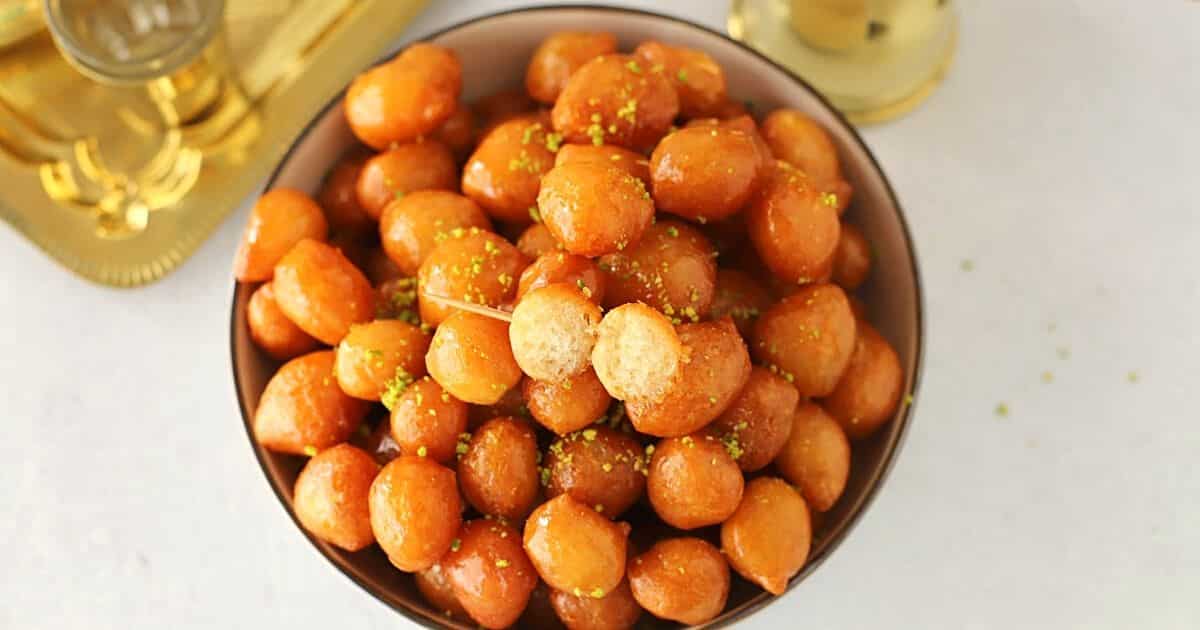In the heart of Egypt’s rich culinary tapestry lies a sweet delight that has been tantalizing taste buds for generations – Zalabia. As part of the diverse array of Egyptian desserts, Zalabia stands out with its twisted fritters, golden brown hue, and an irresistible aroma that wafts through the bustling streets. Join us on a journey into the world of Zalabia, exploring the history, preparation, and the sheer delight it brings to locals and visitors alike.
Zalabia: Twisted Fritters Doused in Syrup, a Sugary Treat from Egypt
When it comes to sweet delights, Egypt has a rich tradition of indulging in delectable desserts that are both delicious and unique. One such dessert that has captured the hearts of locals and tourists alike is Zalabia, a popular Egyptian dessert that is a must-try for anyone visiting the country.
Zalabia is a deep-fried pastry made from dough that is twisted into intricate shapes before being doused in syrup. The dough is made from flour, yeast, and sugar, and is kneaded until it becomes soft and elastic. The dough is then rolled out thinly and cut into strips, which are twisted into spirals or knots before being fried until they turn golden brown.
The syrup used to coat the Zalabia is made from sugar, water, and lemon juice, which gives it a tangy flavor that balances the sweetness of the pastry. The syrup is also flavored with rose water or orange blossom water, which adds a fragrant aroma to the dessert.
Zalabia has a deep-rooted history in Egyptian culture, dating back centuries. Originating from the Arabic word “Zulabiya,” this sugary treat has evolved over time, with each generation adding its own twist to the recipe. Historically, Zalabia was associated with festive occasions, celebrations, and special gatherings, making it a symbol of joy and togetherness.
It also known as “luqmat al-qadi,” which translates to “judge’s delights.” It was a favorite dessert of the judges during the Mamluk era, who would serve it as a symbol of hospitality to their guests.
Today, Zalabia is a popular dessert that can be found in traditional Egyptian cafes and restaurants, as well as street vendors selling it from carts. It is often served during special occasions such as weddings, religious festivals, and holidays.
One of the unique features of Zalabia is its texture. The dough is light and fluffy on the inside, with a crispy exterior that gives way to a soft and chewy center. The syrup coating adds a sticky sweetness that clings to the fritters, making each bite a delightful explosion of flavors.
In addition to its delicious taste, Zalabia also has cultural significance in Egypt. It is often served during Ramadan, the holy month of fasting in Islam, when Muslims abstain from food and drink during daylight hours. Breaking the fast at sunset is a joyous occasion known as “iftar,” and Zalabia is a popular dessert served during this time as a symbol of hospitality and generosity.
Zalabia, with its twisted charm and sweet allure, epitomizes the essence of Egyptian desserts. Whether enjoyed during festive gatherings or as a delightful street snack, Zalabia continues to capture the hearts and palates of those who experience its magic. As part of the “Egyptian Desserts and Sweet Delights,” this sugary masterpiece invites you to savor a taste of Egypt’s sweet history and indulge in a culinary journey like no other.



Comment (0)